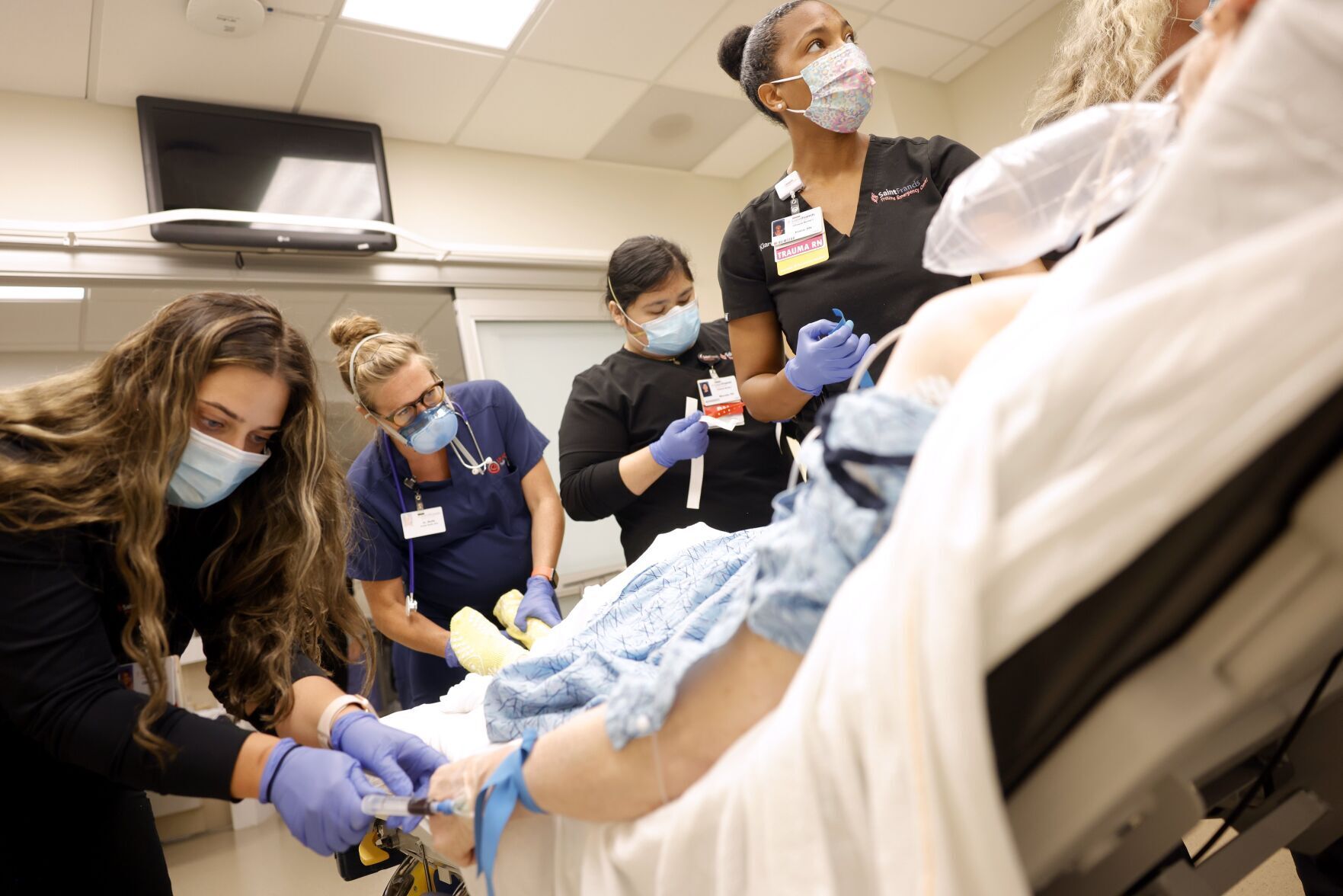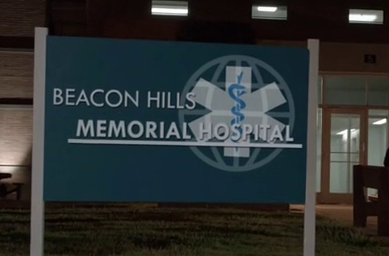
(2) A group practice that is not a sole proprietorship has a main location and could have other offices in different locations, but each office is not a separate legal entity instead, each office is part of the corporation (the "parent") which is a legal entity. The psychiatric unit is an example of a subpart that could have its own NPI if the hospital determines that it should. (1) The psychiatric unit in a hospital is not a legal entity but is part of the hospital (the "parent"), which is a legal entity. Here are three examples of organization health care providers that may be considered subparts and may apply for NPIs if so directed by their "parents": Many organization health care providers who apply for NPIs are not legal entities themselves but are parts of other organization health care providers that are legal entities (the "parents"). The Parent Organization LBN and TIN fields can only be completed if the answer to the subpart question is Yes. If the organization is a subpart =, the Parent Organization Legal Business Name (LBN) and Parent Organization Taxpayer Identification Number (TIN) fields must be completed. The "Is the organization a subpart?" question must be answered.
#Tulsa er and hospital full
Full Replica of the CMS (NPPES) NPI Record Field Nameġ0-position all-numeric identification number assigned by the NPS to uniquely identify a health care provider.Ĭode describing the type of health care provider that is being assigned an NPI. Tulsa ER is one of a handful of providers in Tulsa, outside of larger hospital settings, where patients can get the treatment.Reference NPI Information. The Cherokee Nation started using the treatment at all of their clinics this week, according to a spokesperson. The Tulsa Health Department is considering opening infusion clinics so more people can get the antibody treatment, as COVID cases continue a rise that some models predict won’t peak until mid-September. The State Department of Health reported Thursday that 92% of Oklahoma patients hospitalized with COVID-19 were not fully vaccinated.

However, Blubaugh said most of the patients seeking medical attention, and practically all of them needing hospitalization, are unvaccinated. The FDA has authorized the treatment under an Emergency Use Authorization, just as it has with the COVID-19 vaccines.īlubaugh said patients typically report improvement within a couple of day. There are a couple of brands, but Tulsa ER uses Regen-Cov.


The treatment is an IV infusion that takes about an hour. “We've done hundreds and hundreds and we've had less than five patients come back and have to be hospitalized,” said Blubaugh. It’s not recommended for patients needing supplemental oxygen or already hospitalized, according to Dr. It’s only for high-risk patients, in the first 10 days of symptoms. The treatment isn’t new, but a recent change in recommendations means more people are qualified to get it. The typically one-time, approximately one-hour, IV infusion, has been used for several months in hospital settings.Ī surge of COVID-19 cases is pushing providers to expand use of monoclonal antibody treatments that can help people recover if it’s caught early enough. More Eastern Oklahoma COVID-19 patients will have access to monoclonal antibody infusions soon, as governments on several levels open outpatient clinics to handle a growing number of cases. Tulsa ER Hospital Expanding Access To Antibody Infusions For COVID-19 Patients


 0 kommentar(er)
0 kommentar(er)
